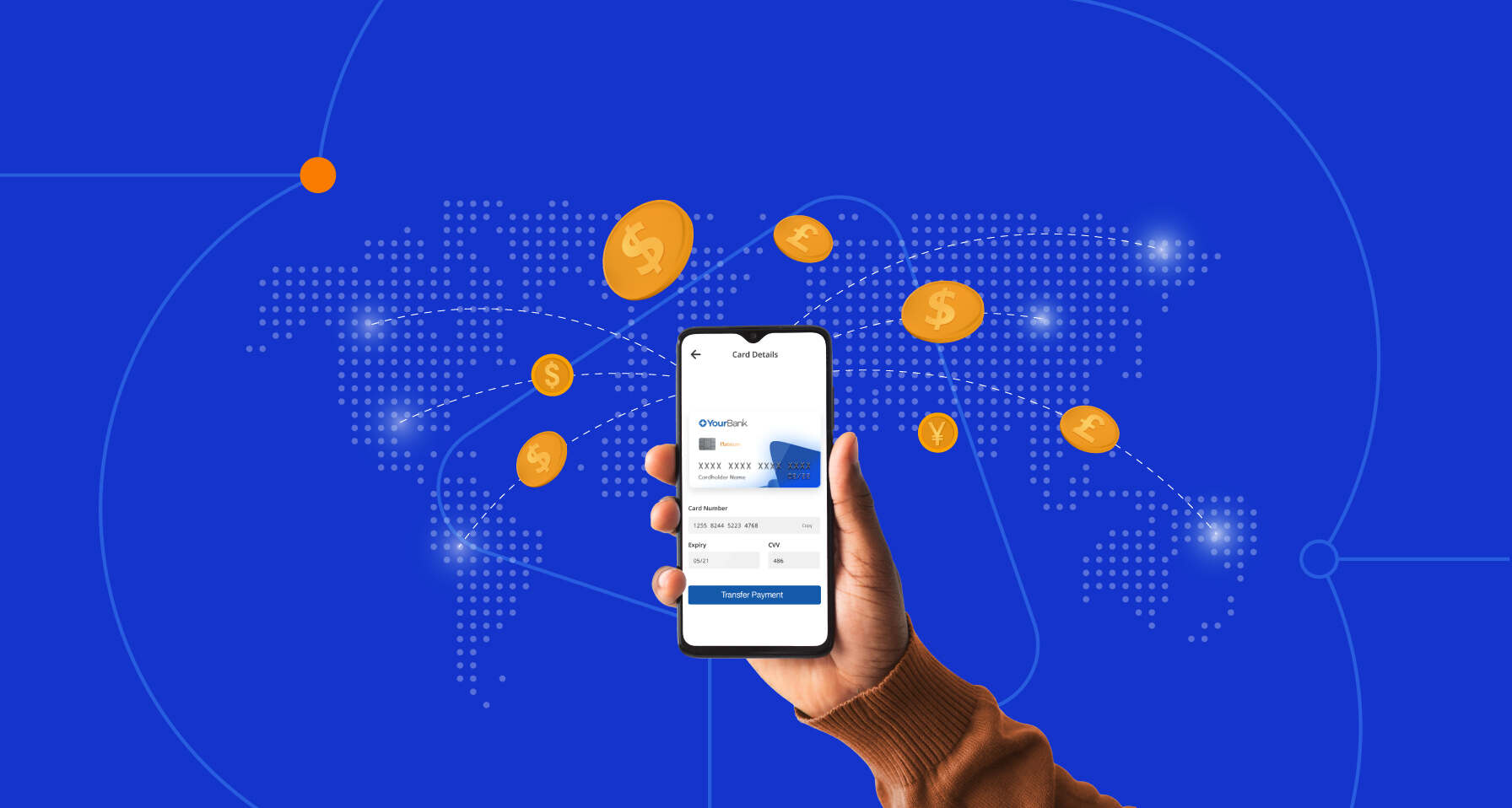For many years, payments have been the conduit for new and improved user experiences in commerce. In just the past year, with development of the COVID pandemic, contactless payment options have been widely adopted by consumers while digital banking and digital wallets have also gained significant traction. We are gradually seeing the rise of the super app, where transactions are aggregated, secured and presented to the consumer in a user-friendly mobile fashion.
As these connected ecosystems continue to develop, so are new intermediaries who serve as the gateway to these new experiences. Some even influence and incentivize how transactions take place, at least over the long term.
In an interview with PYMNTS CEO Karen Webster, Jim McCarthy, President of i2c, recognized the importance of intermediaries and their mission to make consumer payment interactions frictionless across these connected ecosystems. These intermediaries, according to McCarthy, are in the driver’s seat. However, in the traditional brick and mortar model, incentivizing customers to try new payment options is an uphill battle.
In Walmart and other retailers for example, inserting new payments (or options) at the POS was difficult without introducing new friction. However, in the digital age, in all stages of the payment interaction (pre, during, and post), incentivizing customers has a lot of potential. Amazon is an ideal example.
“[Amazon] knew that they needed to own the payment rail and take the friction out. And that led to a bunch of other really smart things like authentication and understanding the customer,” he said.
Amazon’s approach is customer centric. They‘ve put the customer at the center of the equation. Accepting any card, at least for now, the eCommerce giant has decided not to push consumers to shift preference to their own branded payments option or make any changes at the POS to incentivize them towards preferred payment choices.
Ebb and Flow
That was then.
With the rise of buy now, pay later (BNPL) and other options, McCarthy said, there comes a point where conversion at the POS peaks and clutter becomes an unfortunate
side-effect. McCarthy said we‘re likely to see digital wallets consolidate to just a few major players: “more than four or five, but less than 50.”
But “there comes a day where alternatives appear and we’re starting to see some of those alternatives with real-time payments through cryptocurrencies,” he said. Amazon and other intermediaries who have already gained consumers’ trust will likely start influencing those payment decisions in ways incumbents may not like.
“We’re entering a new phase here where the choices are appearing, the tools exist, this mega kind of eCommerce/app players will have a lot of trust and a large consumer base to work with,” he said.
However, new and decentralized networks can take shape without the need for intermediaries – which is a key value proposition for decentralized finance and crypto.
“It’s a threat, but I wouldn‘t call it existential,” he said, “like a lot of things that were threats in the past, the incumbents do a good job of at least steering them into a space that works well, or at least cooperatively.”
Even with the rise of bitcoin, there has been an explosion of exchanges and wallets that still use Visa or Mastercard as an on- or off-ramp. Visa also announced that it will treat crypto akin to just another kind of fiat for settlement purposes.
Building Trust
According to McCarthy, when forging new commerce systems, it comes down to trust. In many cases, intermediaries can build that trust. With technology at the POS, those intermediaries have provided merchants with new ways to convert sales beyond the traditional POS options used in brick-and-mortar stores.
Of the emergence of the connected economy, said McCarthy – the when and the how of it all – “people are very impatient when you’re in the moment. It takes a while.” For example, it took Visa 60 years to get its current standing as a network of networks. ATMs weren‘t connected through switches for more than 20 years and debit took 20 years to become mainstream.
But, according to McCarthy: give it time; this will happen. “Whether you’re the marketplace or the super app,” he told Webster, “you‘re going to build payments into the heart of what you’re doing … you can’t have a connected economy without payments at the heart of it.”


